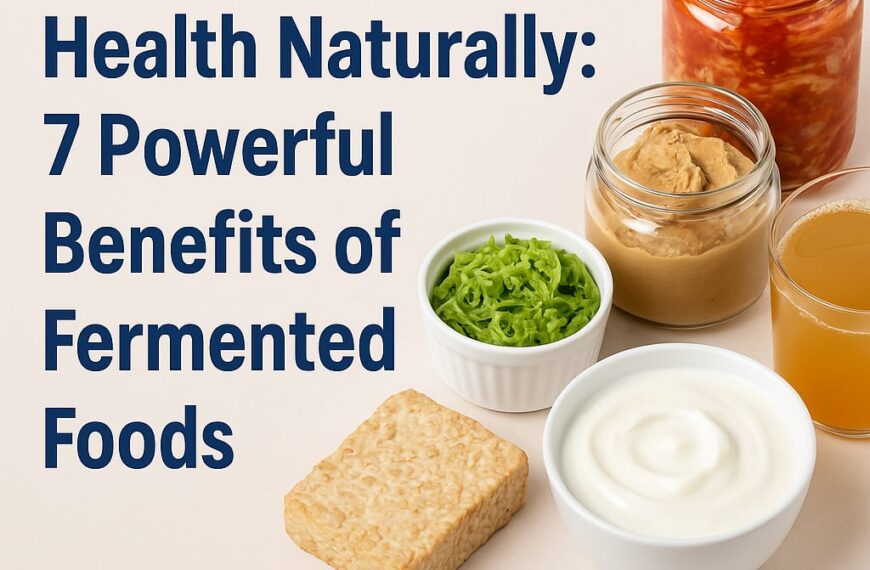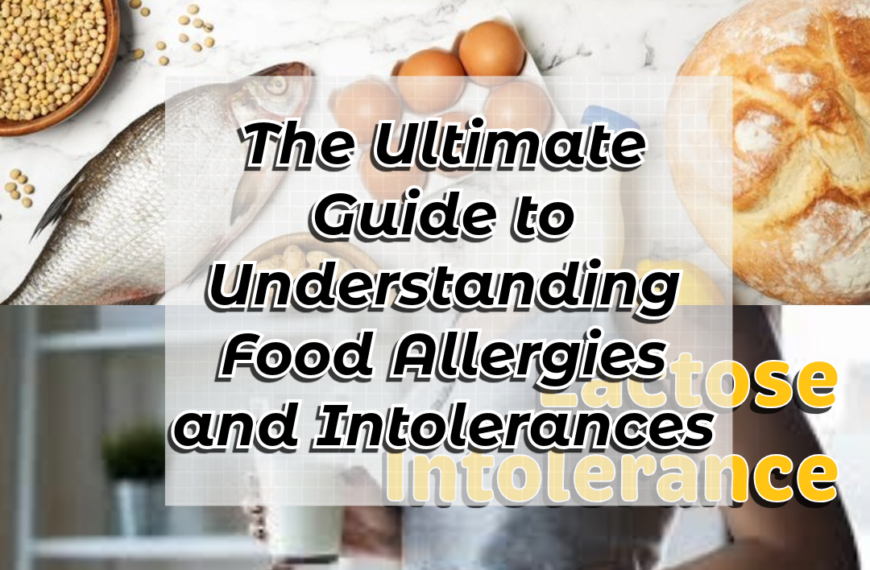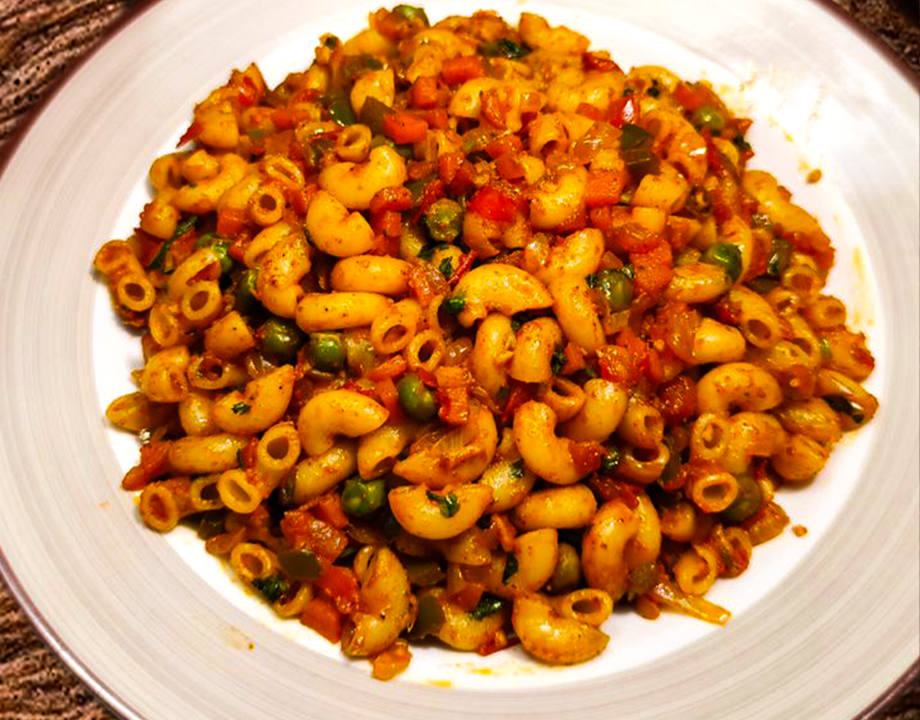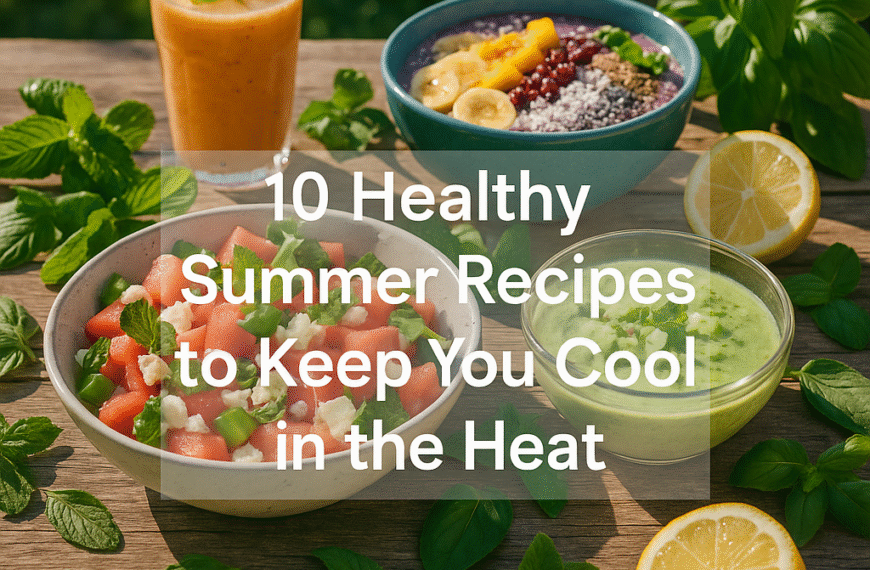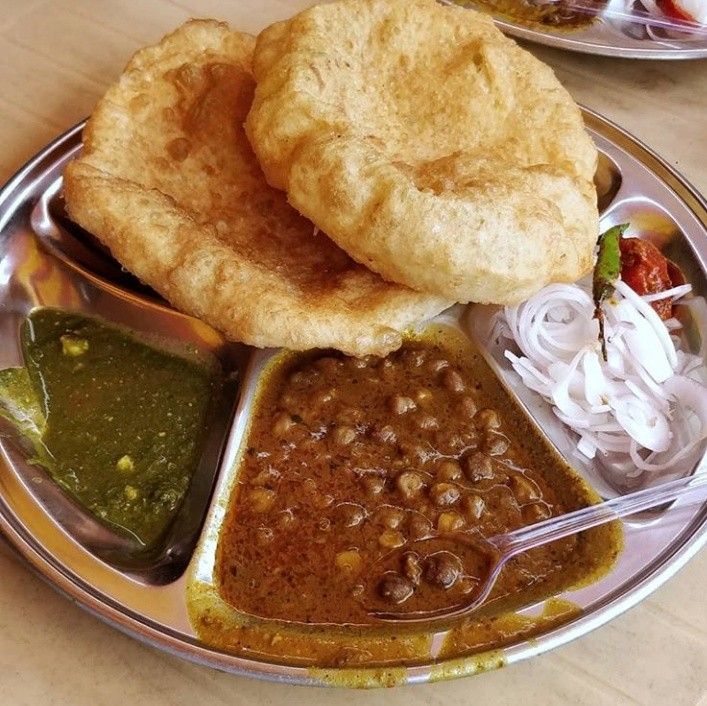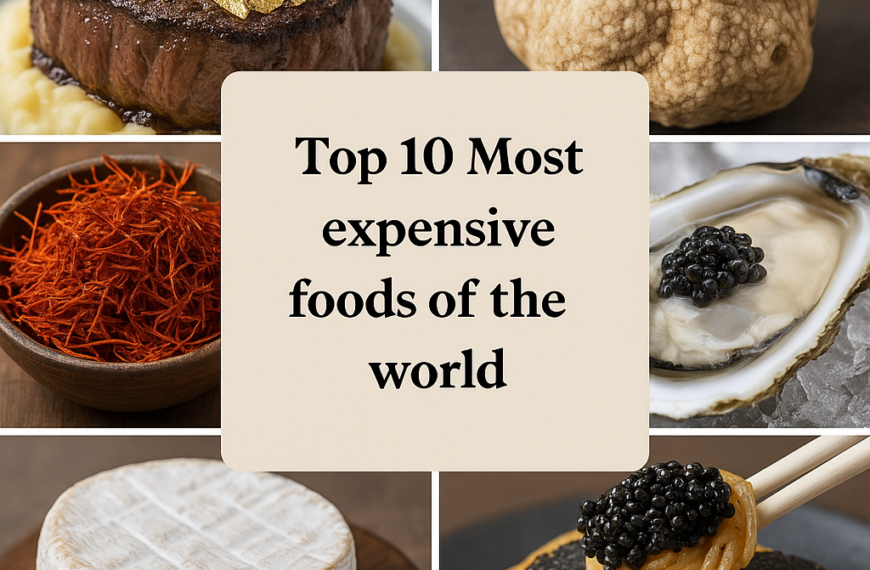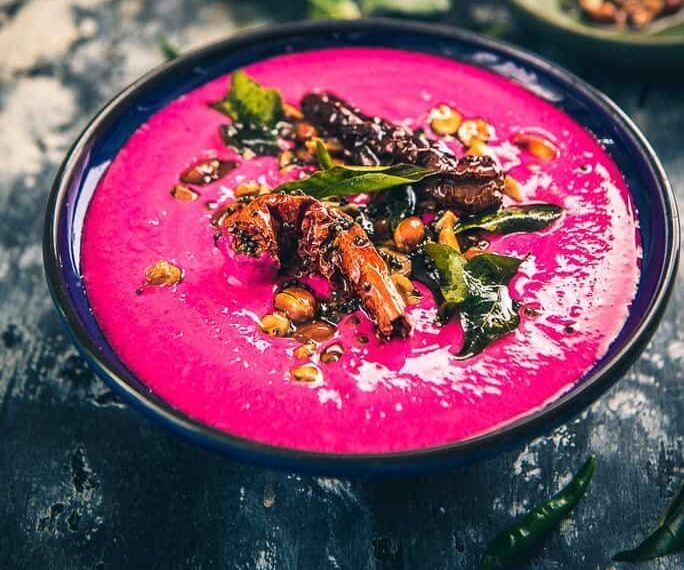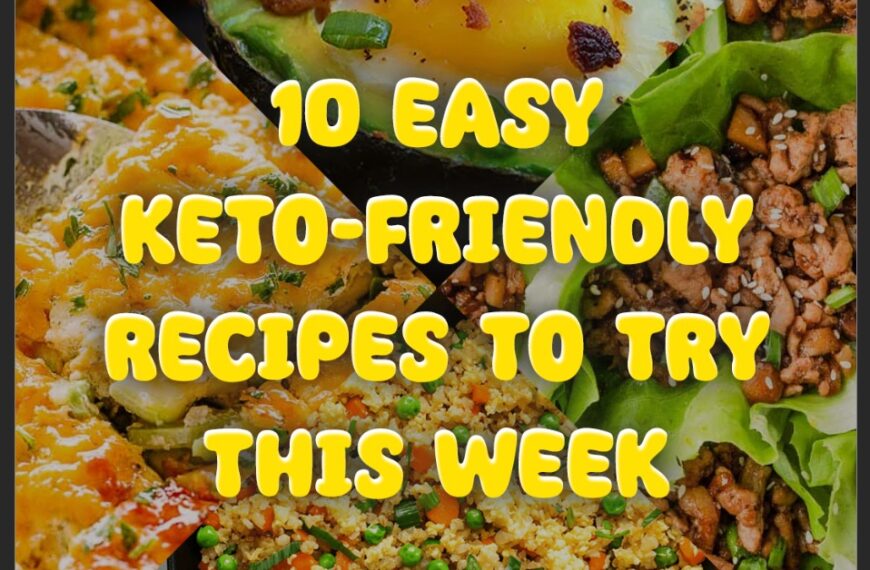In This Article
Superfoods are everywhere in 2025—on store shelves, in smoothies, and on social media. These so-called nutritional powerhouses have become a staple in wellness routines worldwide, from powders and pills to drinks and desserts. In 2025, the health and wellness world is buzzing louder than ever, with nutrient-dense foods dominating headlines and filling up our feeds. These ingredients are often marketed as miracle solutions, claiming to boost brainpower, fight aging, or even help us live longer. But how much of it is grounded in science, and how much is driven by social media hype?
As influencers and food brands jump on the latest wellness trends, it becomes increasingly challenging to tell what’s truly beneficial from what’s simply trendy. Some of these ingredients do offer impressive health benefits backed by solid research. Others, however, rely more on slick packaging and viral TikTok videos than actual evidence.
Understanding the difference matters. While incorporating genuinely nutritious foods into your diet can be a powerful tool for better health, falling for overhyped products can be a waste of money—or worse, potentially harmful. Not everything labeled “super” delivers super results.
In this article, we’ll explore the most talked-about health foods of 2025, diving into what science says versus what marketing wants you to believe. From sea moss gels and moringa powders to functional mushrooms and chlorophyll drops, we’ll help you navigate the noise and make smarter choices for your health.
Let’s break it down.
What Are Superfoods, Really?
The term “superfood” has become a buzzword in the health and wellness industry, but it remains more of a marketing label than a scientifically recognized category. At its core, a superfood typically refers to foods—most often plant-based—that are nutrient-dense and believed to offer various health benefits. These benefits usually extend beyond basic nutrition, touching on areas like inflammation reduction, improved heart health, or enhanced cognitive function.
Popular examples include blueberries, spinach, quinoa, chia seeds, and salmon. These foods are loaded with vitamins, minerals, antioxidants, and other bioactive compounds that support the body’s overall function. For instance, the antioxidants in berries help combat oxidative stress, while omega-3 fatty acids in fish support brain and heart health.
However, it’s important to recognize that no single food, no matter how nutrient-packed, can provide all the health benefits your body needs. The term “superfood” can often be misleading, giving the impression that certain foods are a quick fix or miracle solution. In reality, a well-rounded and diverse diet is far more effective for long-term wellness than relying on a handful of so-called miracle ingredients.
Moreover, the hype surrounding these foods can sometimes overshadow important details, such as proper sourcing, preparation methods, and dosage. Some foods may be healthy in small amounts but harmful in excess. Others may not live up to their promises once they’re processed or turned into supplements.
Ultimately, the true “superpower” of any food lies in how it fits into your overall dietary pattern. It’s less about chasing trends and more about choosing whole, nutrient-rich options consistently. Superfoods can play a role—but they should complement, not replace, a varied and balanced diet grounded in real science, not just viral buzz.
Trending in 2025: What’s Real, What’s Hype?
Moringa Powder

The Hype: Moringa powder is promoted as a miracle supplement that can fight fatigue, reduce inflammation, boost energy, and even slow aging. It’s made from the dried leaves of the moringa tree, also called the “miracle tree,” and is widely used in teas, smoothies, and supplement capsules.
The Truth: Moringa is indeed a nutritional powerhouse. It contains high levels of vitamin C, iron, calcium, potassium, and protein. Scientific studies suggest it may reduce inflammation, support blood sugar control, and provide antioxidant protection. Some research even indicates it could lower cholesterol and support brain health. Its rich iron content makes it particularly appealing for those with low energy or anemia.
However, while its benefits are well-documented, it’s not without caveats. The quality of moringa powder can vary depending on how it’s processed. Fresh, organic versions tend to retain more nutrients, while over-processed powders may lose potency. In high doses, moringa may interact with medications, particularly those for blood pressure or diabetes.
Verdict: Backed by science, moringa is a nutrient-dense, evidence-supported supplement. It’s not a magic cure, but when sourced well and used mindfully, it can be a powerful addition to a balanced diet.
Functional Mushrooms (Lion’s Mane, Reishi, Cordyceps)
The Hype: Functional mushrooms like Lion’s Mane, Reishi, and Cordyceps are taking center stage in the world of adaptogens and natural nootropics. They’re promoted as the ultimate brain boosters, stress relievers, and performance enhancers. Health enthusiasts and wellness brands alike are adding these fungi to coffee blends, protein bars, tinctures, and even skincare products, claiming benefits like improved memory, better focus, deeper sleep, and increased energy.
The Truth: There is promising science behind these claims, but it’s not as definitive as the hype suggests. Lion’s Mane contains compounds that may stimulate nerve growth and support cognitive function. Reishi is widely used in traditional medicine for stress reduction and immune system support, and Cordyceps has shown potential in enhancing physical endurance and respiratory function. Some small human studies and animal research have shown positive effects, especially in areas like inflammation reduction and brain health.
That said, most existing studies are preliminary, and larger, more rigorous human trials are needed. Additionally, mushroom supplements can vary widely in quality. Some products contain little to no actual mushroom fruiting body, relying instead on cheaper mycelium fillers.
Verdict: Emerging but promising. Functional mushrooms offer real potential, especially for cognitive and immune support, but quality matters. Look for well-sourced, fruiting-body-based products—and don’t expect instant miracles.
Chlorophyll Drops
The Hype: Chlorophyll drops have surged in popularity as a trendy wellness supplement. Influencers and brands alike tout them as a miracle fix, claiming they detox the body, promote clearer skin, aid in weight loss, and even eliminate body odor. The bright green drops, often derived from alfalfa or mulberry leaves, are usually added to water and consumed daily as part of a so-called detox routine.
The Truth: Chlorophyll is the pigment responsible for the green color in plants and plays a vital role in photosynthesis. When it comes to human health, studies show chlorophyll does have some antioxidant and anti-inflammatory properties. Some small-scale research suggests it may help reduce oxidative stress, support wound healing, and promote healthy skin. However, the widely marketed detoxifying effects are largely unsubstantiated by scientific evidence. The body already has its own detox systems—namely the liver and kidneys—that do not require the help of supplements.
There’s also a difference between chlorophyll and chlorophyllin, a semi-synthetic derivative often used in supplements. While chlorophyllin may have better absorption, results vary, and high doses can lead to mild side effects like digestive discomfort.
Verdict: Partly grounded in real benefits, but detox claims are overstated. Best seen as a refreshing antioxidant boost rather than a miracle elixir.
Fermented Foods (Kimchi, Kefir, Kombucha)

The Hype: Fermented foods like kimchi, kefir, and kombucha have exploded in popularity in recent years, with 2025 seeing them praised for everything from boosting digestion to enhancing mental clarity and immunity. Influencers and wellness enthusiasts highlight their role in supporting gut health and promoting a balanced microbiome, often labeling them as must-haves for a healthy lifestyle.
The Truth: Unlike many trends, fermented foods live up to much of the hype. These foods are rich in probiotics—beneficial bacteria that help maintain the natural balance of organisms in the intestines. A healthy gut microbiome is linked to improved digestion, better nutrient absorption, enhanced immune response, and even mood regulation. Scientific studies have found consistent links between fermented food consumption and reduced inflammation, as well as better gut barrier function.
Kefir, for example, contains a diverse mix of live bacteria and yeast, while kimchi is not only probiotic-rich but also provides fiber, vitamins, and antioxidants. Kombucha, a fermented tea, offers probiotics but with the caveat of added sugars in some commercial versions.
Verdict: Deserves the attention. Fermented foods offer real, science-backed benefits. When included regularly in your diet—especially those with minimal added sugar and preservatives—they can meaningfully support overall wellness and gut health.
Regenerative Greens (Microgreens, Dandelion, Amaranth)
The Hype: In 2025, regenerative greens like microgreens, dandelion, and amaranth are being hailed as the next evolution of clean eating. Promoted for their high nutrient density and minimal environmental impact, they are often highlighted as ideal foods for both personal health and planetary wellness. They’re showing up in everything from gourmet dishes to green powders and meal kits.
The Truth: These greens do pack a punch. Microgreens, for example, can contain up to 40 times more nutrients than their mature counterparts, making them a concentrated source of vitamins C, E, and K, as well as carotenoids and polyphenols. Dandelion greens are known for their digestive benefits and liver-supporting compounds, while amaranth leaves provide protein, calcium, and iron—an excellent option for plant-based diets.
But what makes them especially appealing is their sustainable profile. Grown in smaller spaces and often requiring fewer resources than traditional crops, regenerative greens are great for urban farming and local food systems. They help build healthier soil, support biodiversity, and reduce the carbon footprint associated with large-scale agriculture.
Verdict: A genuine win for both your body and the planet. These greens are not just trendy—they offer real nutritional and ecological benefits when included regularly in meals.
The Overhyped List
- Spirulina Gummies: While spirulina is a nutrient-dense algae rich in protein, B vitamins, and iron, its benefits are greatly reduced when consumed in gummy form. These gummies often contain added sugars and minimal amounts of actual spirulina, making them more of a candy than a health supplement. They’re convenient but unlikely to deliver the promised detoxifying or energy-boosting effects touted online.
- Exotic Juice Powders (Camu Camu, Maqui Berry): These powders are heavily promoted for their high antioxidant levels and supposed anti-aging effects. While they do contain vitamin C and polyphenols, the quantities found in daily servings are often small. Plus, the high price tags don’t always justify the benefits. Whole fruits or vegetables can offer similar nutrients at a fraction of the cost.
- Moon Milk: This colorful, social-media-friendly beverage blends warm milk with herbs like ashwagandha, turmeric, or lavender, promising relaxation, better sleep, and reduced stress. While the calming ritual of a warm drink may help some people unwind, there’s little solid evidence to support claims that moon milk provides consistent physiological benefits. It’s pleasant and trendy—but not a game-changer.
Verdict: These items aren’t necessarily harmful, but they often fall short of their lofty promises. Save your money for foods with proven, consistent benefits and avoid being dazzled by flashy branding alone.
Final Thoughts: Navigating the Superfood Maze in 2025
As wellness trends continue to evolve, separating nutritional fact from viral fiction has never been more important. The term “superfood” may catch your attention, but real health is rooted in balance, variety, and sustainability. While many of the ingredients discussed—from sea moss gel to fermented foods—have legitimate benefits, the way they’re marketed can sometimes distort the truth.
Rather than chasing every new product promising miracles, focus on incorporating a range of nutrient-dense, minimally processed foods into your diet. Look for items backed by scientific evidence and long-term use in traditional cuisines. Watch out for overly processed or highly commercialized versions that may strip away what made these foods beneficial in the first place.
And finally, remember: no single ingredient can compensate for an unbalanced lifestyle. Exercise, sleep, hydration, and mental well-being all play crucial roles. Superfoods can support a healthy life, but they aren’t the whole story—they’re just one flavorful, functional part of it.

